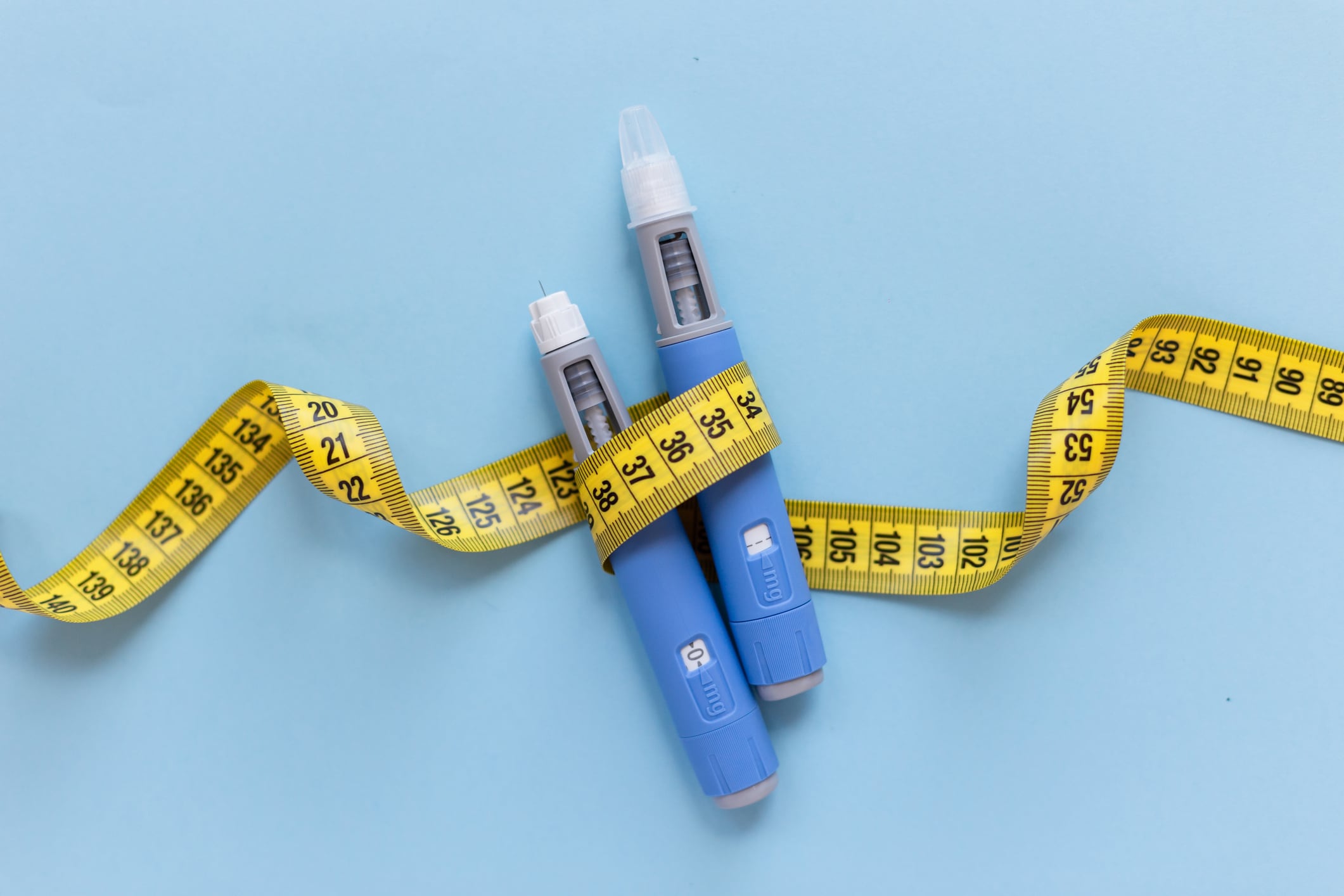How can the food industry respond to GLP-1 altered taste?
- GLP-1 drugs are muting flavours and making food taste off
- Sweetness hits differently as brain responses shift
- Brands are boosting umami and texture to bring flavour back
- Smaller, protein-packed meals are leading the charge
Growing scientific research and anecdotal evidence suggest that GLP-1 drugs may change how people experience taste.
This presents a dilemma for industry and consumers alike; neither wants food to taste odd. What strategies can food makers use to reinvigorate flavour?
How do weight-loss drugs change taste?
For some users of GLP-1 drugs, otherwise known as glucagon-like peptide-1 receptor agonists, food tastes dull.
Research into semaglutide GLP-1 medication, such as Novo Nordisk’s Ozempic and Wegovy, found that female users’ brains responded differently to sweet flavours.
It’s already known that semaglutide GLP-1 drugs influence feelings of fullness, but scientists are now wondering whether changes in the brain and tongue’s processing of taste might explain why some users report reduced cravings for sugary or rich foods.

“People with obesity often perceive tastes less ‘intensely’, and they have inherently elevated desire for sweet and energy-dense food,” says researcher Mojca Jensterle Sever from the University Medical Centre in Ljubljana, Slovenia, who worked on the study. Early signs point to GLP-1 drugs flipping this effect on its head.
GLP-1 users say food tastes ‘off’ or ‘metallic’
Anecdotal evidence also backs this up. Alongside early clinical evidence, media reports indicate that some people using semaglutide-based weight-loss medications have experienced changes in their taste perception, says Alan Marson, company director of consultancy New Food Innovation. “These changes can manifest as heightened taste sensitivity, altered brain responses to sweetness, or even an unpleasant metallic or bitter aftertaste.”
Some users have reported increased “dry mouth”, while others say food tastes bland, “off” or even metallic.
“These taste alterations are likely a result of the medication’s direct impact on taste buds and receptors, as well as indirect factors like reduced saliva production,” says Marson.
How sweet a food tastes is one of the biggest changes. That’s what ADM is observing, explains the ingredients supplier’s Jennifer Zhou, global senior director product marketing, Flavours & Citrus.
“One of the most consistent shifts reported by GLP-1 users is altered taste perception, particularly a heightened sensitivity to sweetness and a loss of appeal for previously enjoyable foods, especially those high in sugar.”
Food makers can reinvigorate taste buds for GLP-1 users
There are tips and tricks food makers can harness to help make food more enjoyable for GLP-1 drug users.
So, what’s in the toolbox? According to New Food Innovation‘s Marson, reformulation efforts could focus on natural methods like enhancing umami (the fifth basic taste, often described as savoury or meaty) or masking bitterness. Approaches that help food remain moist, to counteract ‘dry mouth’ perceptions, could also improve GLP-1 drug users’ food experiences.
“These strategies aim to help individuals experiencing taste changes enjoy their meals again,” says Marson. But equally, in today’s anti-ultra-processed food (UPF) climate, the consultant warns against adding unnecessary additives.

Ingredients supplier ADM advocates for food makers to consider balance in the overall food formulation. The “most effective” approaches to formulating for consumers taking GLP-1 drugs for weight loss will consider not only a balance of flavour, but also mouthfeel and textures, says Zhou.
Given that sweetness perception is an issue, the Flavours & Citrus marketing lead suggests formulators avoid overly sweet flavour profiles and instead focus on “subtly sweetened” or “flavour-balanced” products. Like Marson, Zhou also believes that incorporating umami and savoury flavour notes can be a promising approach for developers.
Beyond taste, what do GLP-1 drug takers want from food?
But will food makers change all their formulations to suit GLP-1 drug users, if that means altering the taste of their products for everyone?
“To me, it seems unlikely that a major brand can find ways with mainstream products to cater to a specific demographic,” says New Food Innovation’s Marson.
The consultant’s right – we’re unlikely to see popular products reformulated for GLP-1 users alone. But what we are seeing is food makers develop new product ranges targeting people taking weight-loss drugs.
Nestlé was amongst the first with its line of frozen meals range, coined Vital Pursuit, which is high in protein and portion-controlled.
They seem to be the two non-negotiables in GLP-1-informed food formulation, in terms of what consumers both want and need. ADM’s Zhou also stresses the importance of nutrient density and smaller portion sizes for GLP-1 users with reduced appetites, as does flavours and fragrances house Givaudan.
“One of the key consumer shifts that we are beginning to see with increased GLP-1 drug adoption is the desire for smaller portioned, more nutrient-dense foods,” says Jim Taschetta, COO of Givaudan entity MISTA.
But actually, foods high in protein and fibre are trending amongst consumers who aren’t taking weight loss medication. “This trend towards better-for-you foods is not isolated to shifts purely associated with the rise in GLP-1 drugs,” says Taschetta. “It’s rooted in growing awareness of the effects of diet on overall wellbeing.
Want to learn more about food innovation in the GLP-1 era?
How is the food industry responding to the rise of GLP-1s like Ozempic or Mounjaro?
From reformulation to portion control, appetite supression to satiety science - the GLP-1 revolution is reshaping how we think about food innovation and weight management.
Join us at our free digital summit to hear from leading experts, brands and researchers tackling the big questions:
- What role can food play in supporting GLP-1 users?
- How are consumer needs and expectations evoling?
- What are the opportunities for innovation?
Weight Management: Food Innovation in the GLP-1 Era will be broadcast 13 & 19 November 2025.




